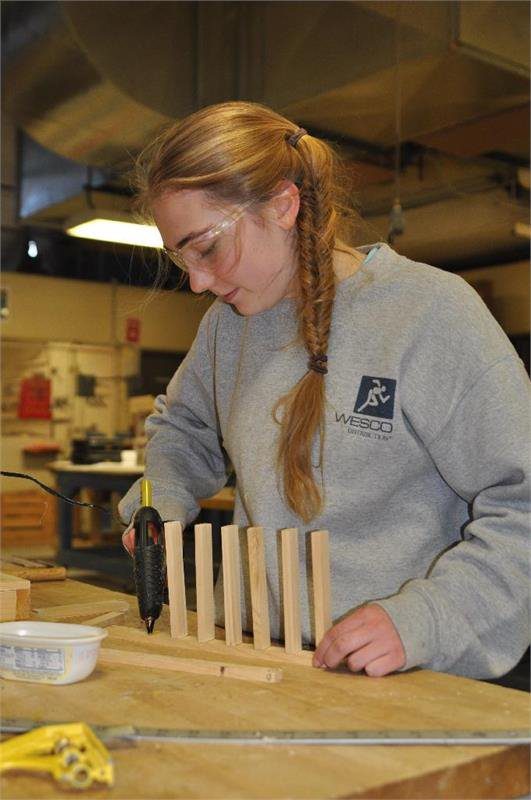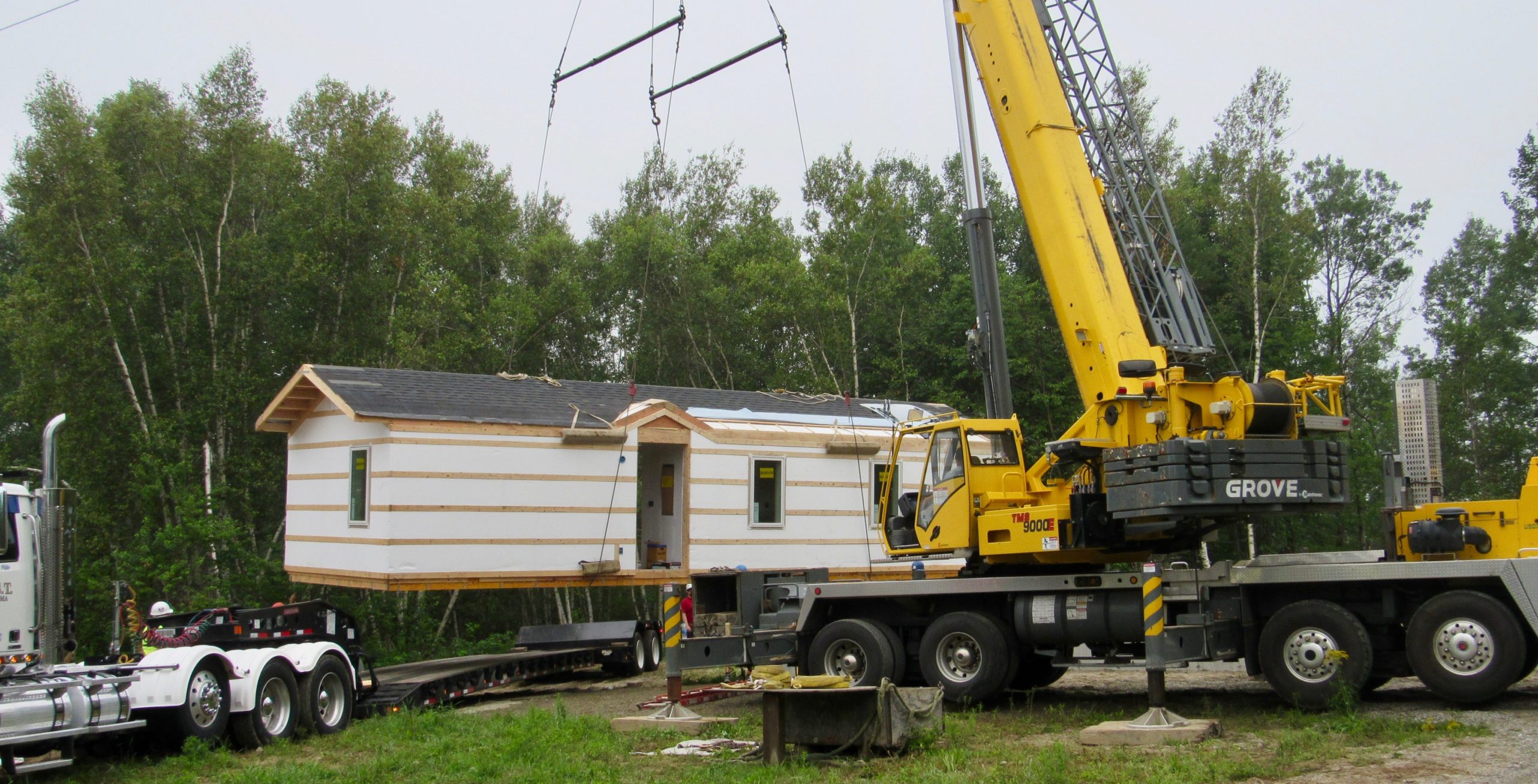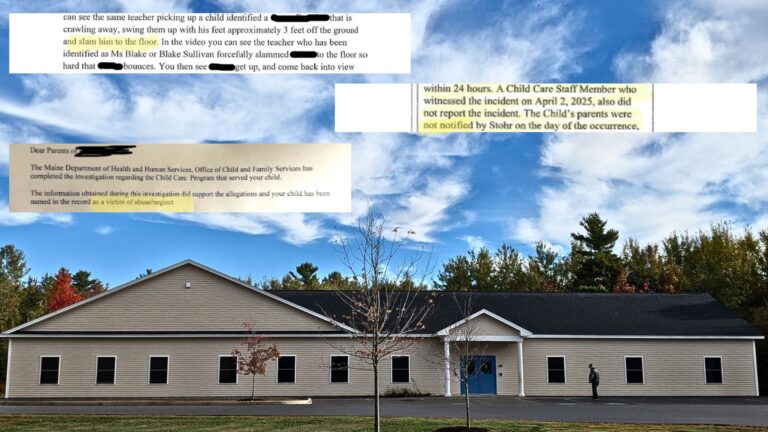Editor’s Note: This fall, the Maine Climate Council will refine draft strategies into a Climate Action Plan due to the Legislature on Dec. 1. Upcoming Sea Change columns will discuss several strategies proposed by the Council’s six working groups. This series begins with reflections on how carbon-neutral (zero-emission) housing could boost Maine’s forest products and construction industries while helping address the state’s shortage of affordable housing.
A single small home, lifted onto a foundation in Milbridge last month, could signal big housing changes ahead. Confronted with scant affordable housing and mandates to reduce carbon pollution, Maine needs to re-envision how home construction happens – from the constituent elements and the building process to the carbon emissions produced.
A draft strategy proposed by the Maine Climate Council’s buildings, infrastructure and housing working group recommends “net-zero, renewable-ready new construction that makes use of Maine-made, low global warming potential building materials and minimizes consumer energy costs.” Minus the jargon, this translates to highly efficient homes built primarily with wood that generate as much electricity as they use (for appliances, heating and cooling) through solar power – either rooftop panels or participation in a community solar farm.
Ramping up production of zero-emissions homes and the wood products they require could revitalize former mill towns, strengthen trade school programs and university research and development, and expand job opportunities in construction, design, transport and forest products – all while providing more Mainers healthy and comfortable home environments.
‘What better classroom’
The innovative spirit needed to navigate this housing transition is embodied in the “Downeast Maine Tiny House” recently transported to Milbridge from Assabet Valley Regional Technical High School in Marlborough, Mass., where students customized the building for a disabled veteran.

For years, Assabet’s lead carpentry instructor, William Italiano, has taken students during spring break to help Maine Seacoast Mission (MSM) fix up older homes in Washington County. Working on a rundown trailer there, Italiano half-jokingly said he could more easily construct a new house back at the school. “You can do that?” came the reply, and he responded, “I’d love to do that! What better classroom for our students!”
Italiano and a colleague supervised about 15 ninth-graders in their construction of the 560-square-foot house, collaborating closely with MSM and Downeast Community Partners. When the pandemic forced Assabet to close, Italiano worked long days to ready the structure for transport. Projects like this take persistence, Assabet Principal Mark Hollick said, having “someone all in 110 percent to the end.”
After five years in his new home, the veteran will own it “free and clear,” said Scott Shaw, MSM’s housing rehabilitation program manager.
Italiano hopes this collaboration will inspire similar partnerships for affordable housing around Maine. “If these programs could be implemented in school systems up there,” he said, “it could be a godsend.”
Downsizing while upgrading efficiency
An abundance of low-paying service jobs, an aging population and the nation’s eighth-highest student debt burden all exacerbate Maine’s serious shortage of affordable housing. More than half of the state’s residents cannot afford the median home price in their county, and a 2018 survey found that for every affordable rental unit that was occupied, there were three applicants waiting.
The pandemic will likely intensify this crisis, given high job losses and a rush of home buyers from out of state.
Much of Maine’s housing stock is old and energy inefficient, making it costly for residents and the environment. Older houses are often outsized, given Maine’s average household size of 2.33 persons, leading to costly heating of wasted space.
Maine needs highly efficient, compact homes that use fewer resources in construction and less energy to maintain. “We see community groups trying to achieve affordability through a smaller scale,” noted Liza Fleming-Ives, executive director of the nonprofit Genesis Community Loan Fund, and more construction being “done with operating efficiency in mind.” There’s a growing understanding, she added, that it’s worth investing in a “higher per-unit cost for that longer-term efficiency.”
Zero-emission houses need not be “tiny” (often defined as under 600 square feet), although receptivity to smaller-scale living is growing. A 2018 survey by the National Home Builders Association found that more than half of respondents would consider buying a tiny house.
Lower ‘embodied carbon’
Up to half of a structure’s lifetime carbon footprint can come from the harvest, manufacturing and transportation of its components, known collectively as the “embodied carbon.”

Sustainably harvested wood – especially when transport is minimal – represents a better choice than materials like steel and concrete, that have a far larger carbon footprint, said Stephen Shaler, the associate director of the Advanced Structures and Composites Center at the University of Maine. Wood has the added benefit of storing carbon from the atmosphere, he noted, with carbon typically constituting about half of lumber’s dry weight.
Beyond its traditional production of hardwood, spruce, pine and fir lumber, Maine is expanding its array of engineered wood products. Oriented strand board and laminated strand lumber are being produced now, and manufacturing of wood fiber insulation is expected to start by 2022. A demonstration plant in development will make nanocellulose, what Shaler describes as the “fibers that make up the wall of a single plant cell,” which could be used in a wallboard alternative to sheetrock.
Scaling up through off-site construction
The Downeast Maine Tiny House project affirmed that off-site construction can produce buildings that travel well. Following the house’s 300-mile journey and lift onto its foundation, Italiano didn’t find a single crack in the joint compound. Throughout the housing industry, modular or panelized assembly in factory settings is increasingly used to speed the construction process, reduce waste, lower overall costs and minimize weather impacts.
Could Maine use former mill sites to produce healthy and affordable zero-energy modular (ZEM) homes that rely on regional wood products? It turns out that plans have begun for such a factory at the former Great Northern mill site – now the One Katahdin multi-use industrial park – in Millinocket.
The project is the brainchild of consultants at the L3C firm Material Research, who have signed a memorandum of understanding with the nonprofit economic development group Our Katahdin to develop production plans for a ZEM home factory that – when operating at scale – would build 300 to 500 houses a year ranging in size from 600 to 1,000 square feet.
“There are a lot of pieces that have to come together,” said Caroline Pryor, co-founder of Material Research, noting that the facility is not yet ready and the project partners are about to embark on creating an “investment-ready” business plan that will include a “materials roadmap” to identify the needed supply chains. In her view, the best-case launch date would likely be 2022.
“We’re modeling what we want to see happening in Millinocket in part after VerMod Homes,” a pioneering R&D factory for ZEM homes in Vermont, but trying to go even further in greater sourcing of Maine and North Woods supplies, she said. While VerMod uses vinyl or metal siding, the Millinocket partners are determined to use regionally produced wood siding. But every upgrade made for increased sustainability bumps up against financial constraints.
For low-income buyers and developers looking to purchase affordable homes to rent, the price point cited is often around $130,000, Pryor said. VerMod has benefited from state incentives that don’t yet exist in Maine, and private financing from socially responsible or “impact” investors will be needed.
Changing policies and paradigms
Alongside work to manufacture healthy, carbon-neutral homes, Maine needs to reassess state and local policies to support their use. Alan Plummer, Maine representative for the American Tiny House Association, has seen instances of town officials “saying one thing but meaning another,” projecting receptivity but then denying permits. Whether people want to site a ZEM home or build their own tiny house, they need consistent and clear guidance.
For those undertaking larger affordable-housing projects, said Dan Brennan, director of the Maine State Housing Authority, it’s essential to “establish good public policy that reduces costs to developers.”
All of these needed changes may come faster if we start to view houses through a life-cycle lens, recognizing that choices made in construction have far-reaching impacts – not just for the occupants but for our collective home ground.
To build small and sustainable, we will need to think big.







